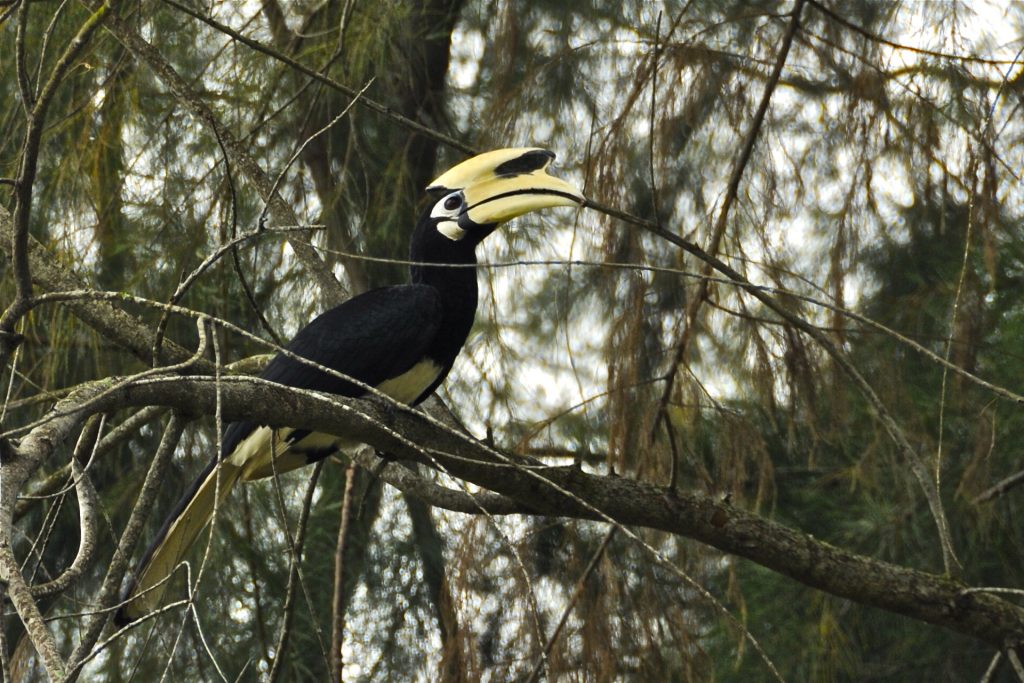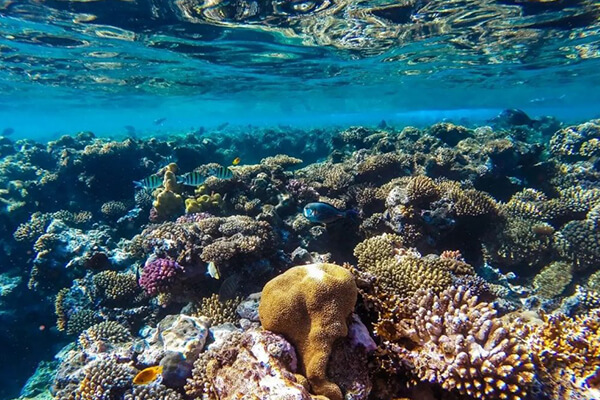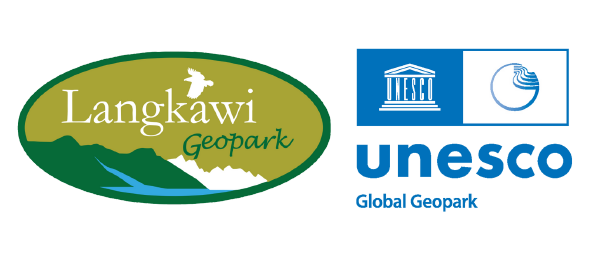BIODIVERSITY
Langkawi UNESCO Global Geopark is a treasure trove of biodiversity, boasting a rich array of flora and fauna spread across its forests, mangroves, limestone hills, and marine ecosystems.
Conservation
Biodiversity of Langkawi
Langkawi UNESCO Global Geopark is a treasure trove of biodiversity, boasting a rich array of flora and fauna spread across its forests, mangroves, limestone hills, and marine ecosystems. This diversity reflects the island’s geological history, tropical climate, and its location within the Indo-Malayan biogeographic region.

Terrestrial Biodiversity
- Forests: Langkawi’s dipterocarp and lowland rainforests host diverse wildlife, including dusky leaf monkeys, long-tailed macaques, colugos, great hornbills, Brahminy kites, and reptiles like the reticulated python and tokay gecko.
- Limestone Ecosystems: Limestone hills and caves support specialized species such as the Langkawi bent-toed gecko and various bat species.

Coastal and Marine Biodiversity
- Mangroves: Predominantly in Kilim Karst Geoforest Park and Dayang Bunting Marble Geoforest Park, these ecosystems support species like mudskippers, fiddler crabs, and mangrove kingfishers.
- Coral Reefs: Found near Pulau Payar Marine Park, they host marine life such as clownfish, giant groupers, and sea cucumbers like gamat, valued for cultural and medicinal uses.
- Seagrass Beds: Coastal areas like Tanjung Rhu sustain green sea turtles, dugongs, and diverse fish species.
- Marine Mammals: Langkawi’s waters are home to Indo-Pacific humpback dolphins and occasionally Bryde’s whales, reflecting its rich marine biodiversity.
Langkawi’s biodiversity is a cornerstone of its identity as a UNESCO Global Geopark. From ancient forests to vibrant coral reefs, its ecosystems support a wide range of life forms, enriching the island’s natural heritage. Through dedicated conservation efforts and sustainable practices, Langkawi continues to protect its biodiversity while offering an unforgettable experience for visitors and a sustainable livelihood for its communities.
